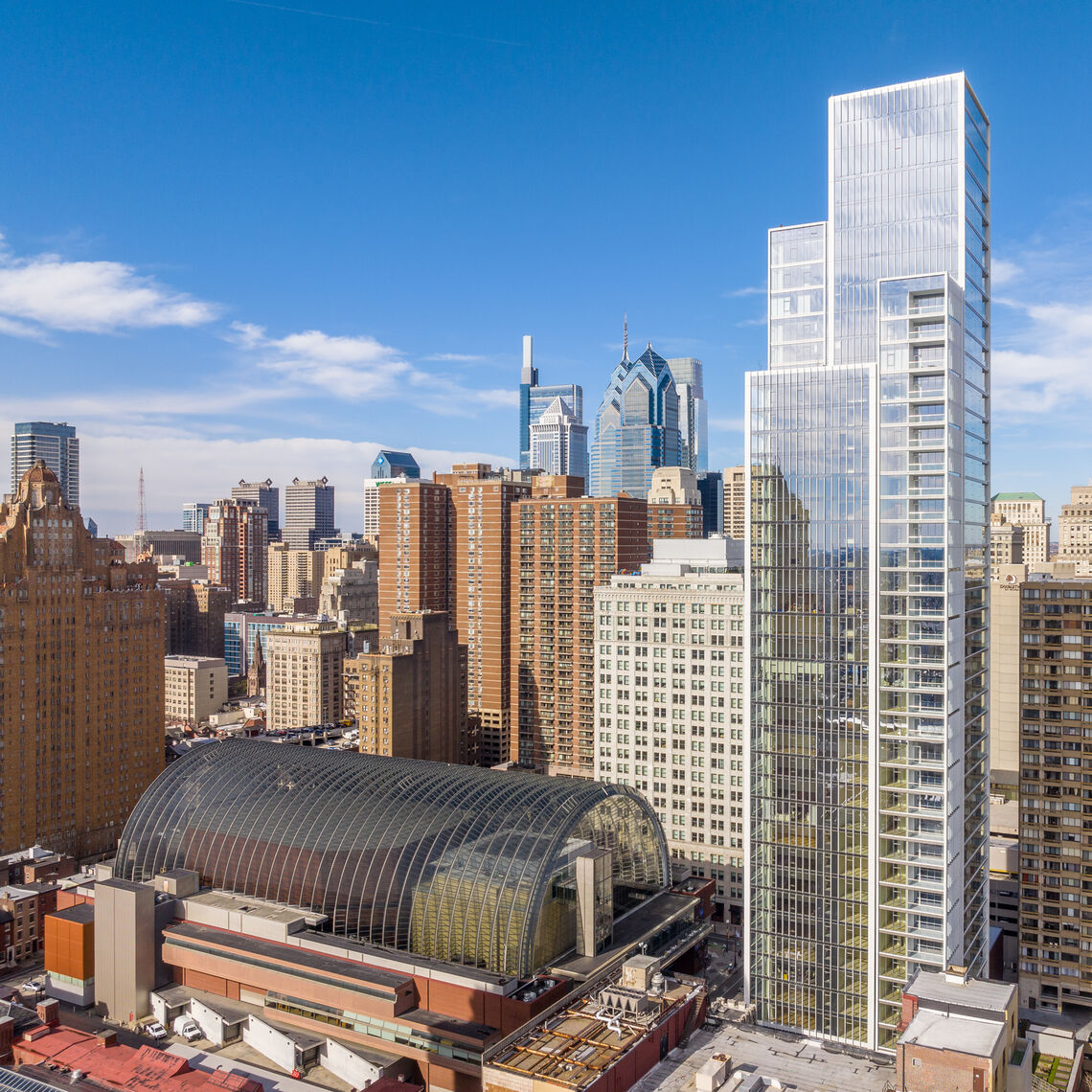
blog
Four Takeaways from the 2023 Greater Center City Housing Trends Report
Over the past two decades, Greater Center City (Girard Avenue to Tasker Street, river to river) has been the fastest growing residential area in Philadelphia. This growth over the past two decades has helped generate demand for new retail, restaurants, and experiences in the region, which in turn helps fuel hiring. But how have 2020’s disruptions impacted this growth?
Discover four key takeaways below and read the full report for more information.
75% of New Residential Units in Philadelphia Occurred in 16.2% of the City
In 2022, Greater Center City accounted for 48% of total new housing units, while only containing 5.6% of the city’s geography. When combined with the four ZIP codes immediately adjacent, that increases to nearly 4,400 units and 75% of new residential units. This number represents a diverse blend of housing types, including high-rise, mid-rise, and row house.
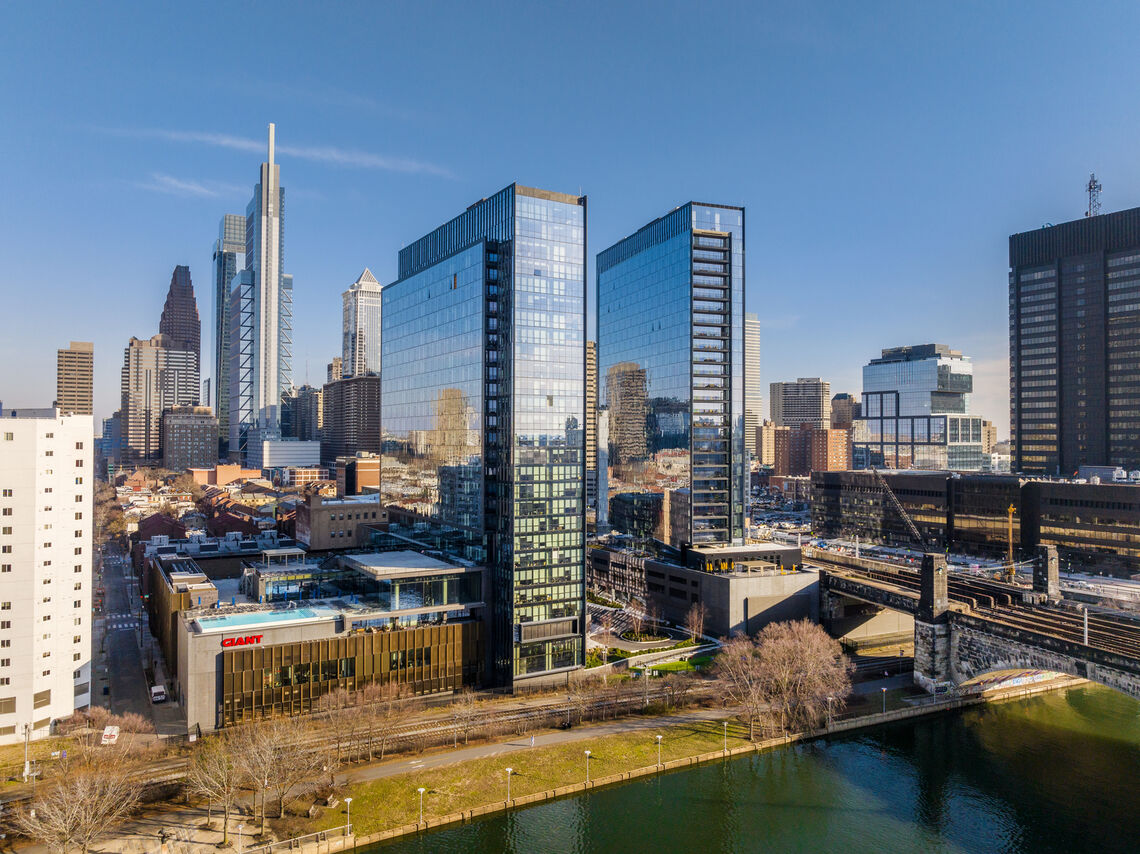
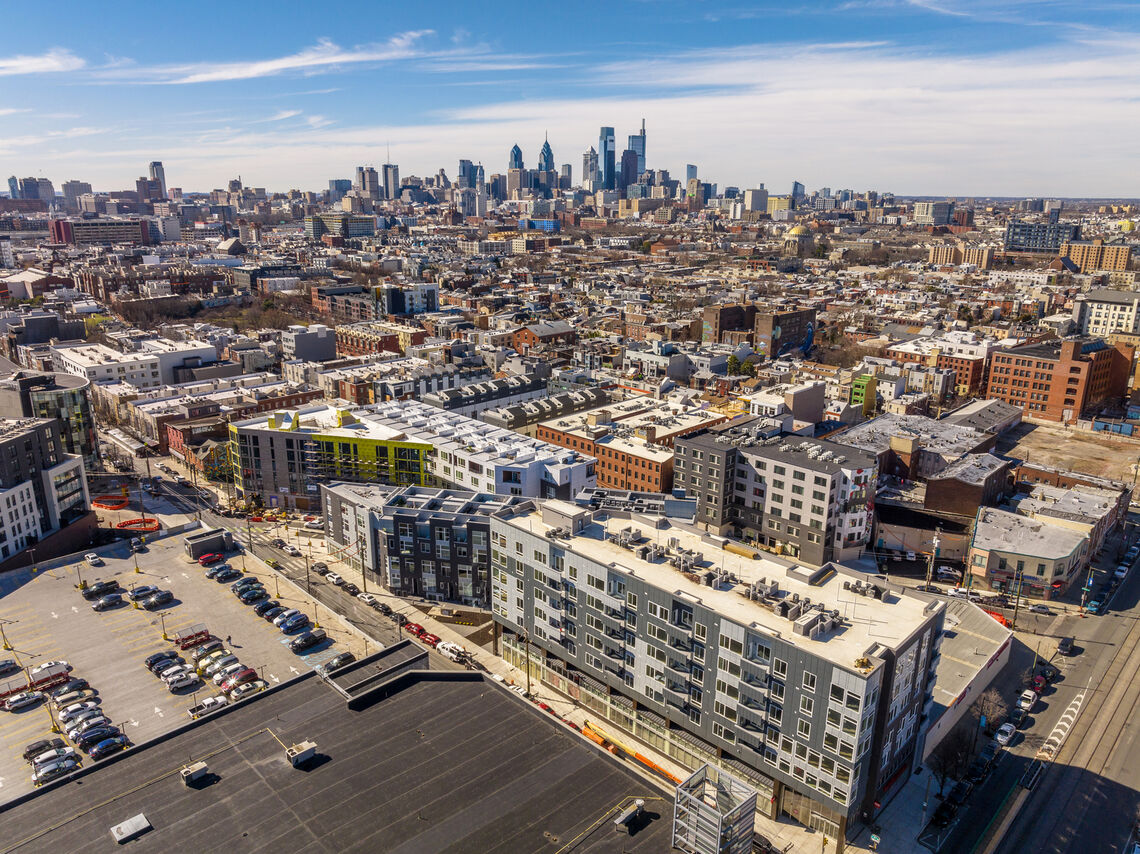
Population Density That Allows Center City to Excel
Thanks to a population density that is higher than the surrounding region, Center City has a more sustainable development pattern. With approximately 37 persons per acre in Greater Center City, the downtown has more than 2.6 times the citywide average, and more than 17 times the density of Montgomery County. This higher residential density helps fuel the region’s thriving retail and restaurant scenes.
Conversions of Office Spaces to Residential Use
For 25 years, Philadelphia has been a national leader in converting vacant office and industrial buildings to residential and hotel use. Since the passage of the 10-year tax abatement for the preservation and conversion of vacant office and industrial space to residential and hotel use. More than 40 major office buildings comprising 8.2 million square feet have been converted, including recent developments such as the Canopy by Hilton in the Stephen Girard Building and the historic Bellevue building on South Broad Street. Over the long run, this has helped the downtown grow denser and attract more residents.
For more information around the evolution of the office district, check out our recap from the December 2022 CPDC meeting.
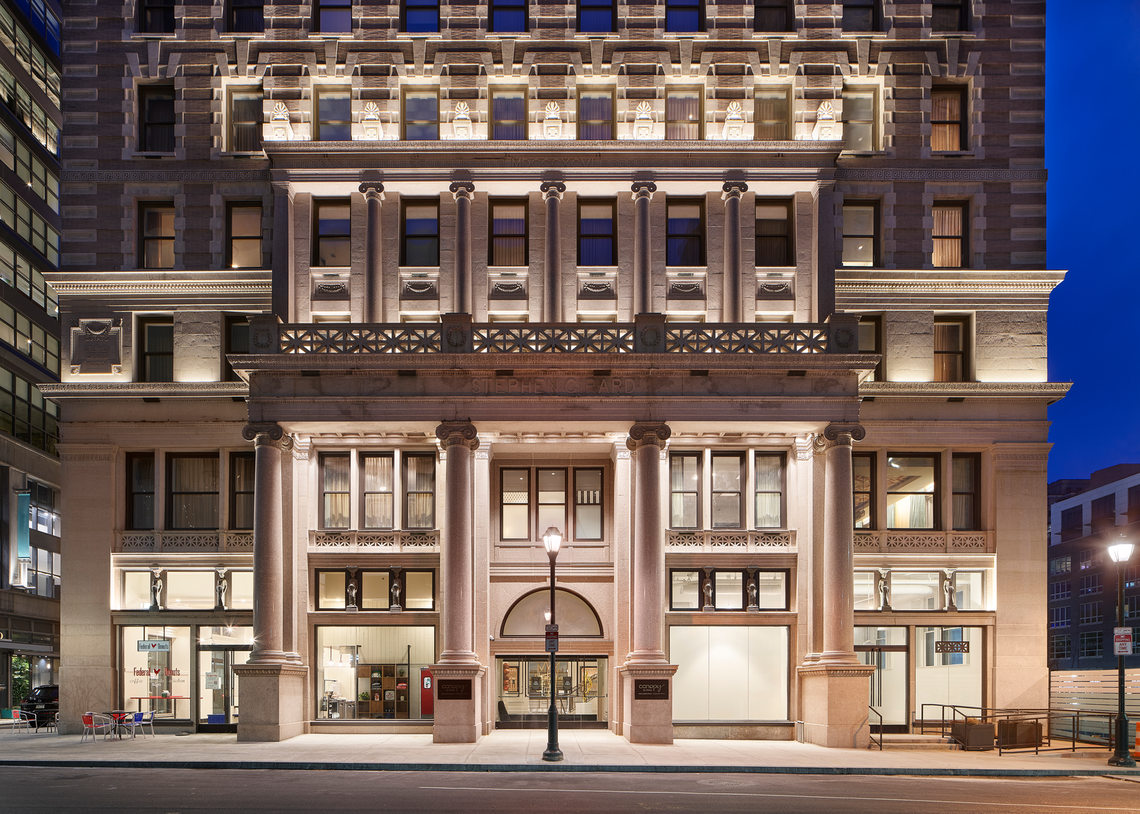
Canopy by Hilton in the Stephen Girard Building. Photo by Jeffrey Totaro for BLT Architects – a Perkins Eastman Studio.
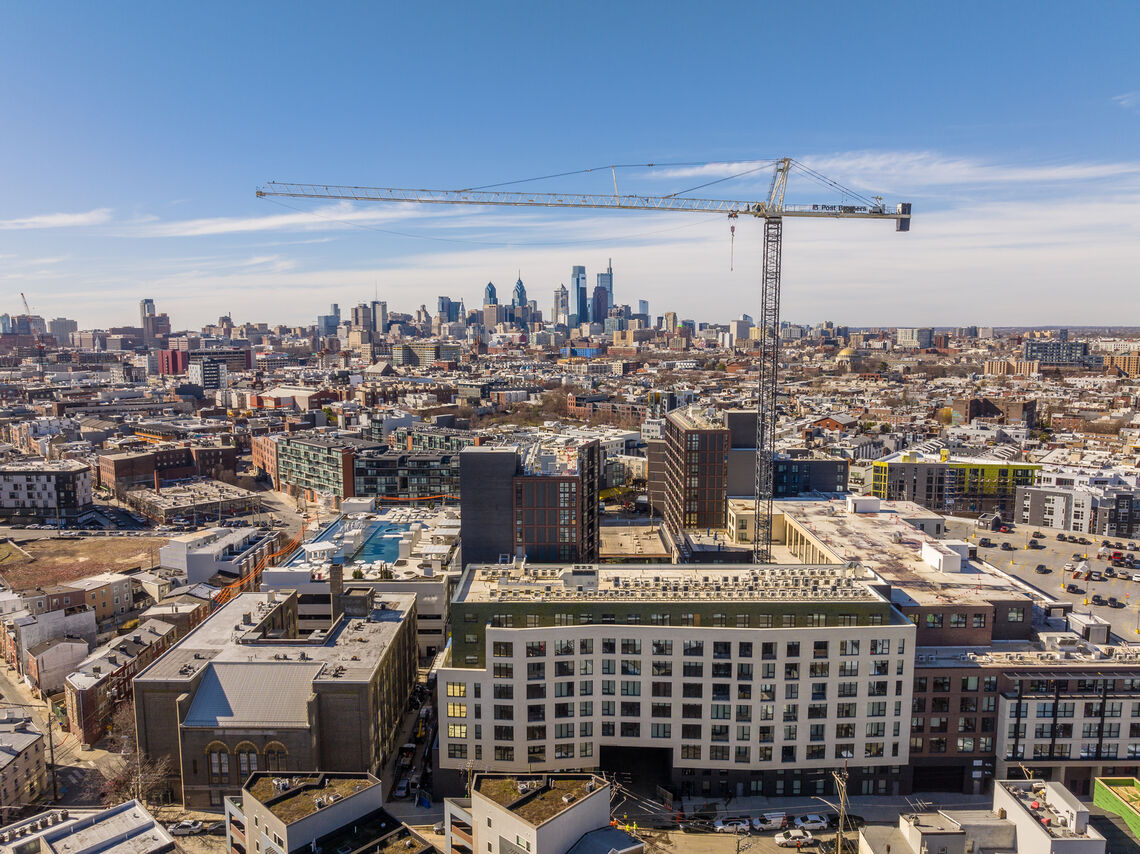
The Changing Philadelphia Housing Market
Since declining significantly in 2020 and 2021, the median price of single family homes in core Center City have rebounded to $825,000, approximately 13% below the 2019 level. Meanwhile, the median price of condominiums was $371,500, 2% above the 2019 level. Rentals, on the other hand, have soared in terms of the number of units leased according to data from CoStar, with 3,700 units in 2021, the largest net absorption of any year in the past two decades.
The Role of Center City District and Collaborations
Since 1991, Center City District has partnered with the government to improve support and supplement the City’s efforts downtown. This has never been more essential than the past three years, where safety and cleanliness efforts by ourselves and 15 other neighborhood-based, business improvement districts have become paramount to the recovery of Center City. Future work by citywide government, especially around economic development strategy, should avoid false choices between downtown and neighborhoods, and instead focus on how success comes from inclusive growth and mutual support.
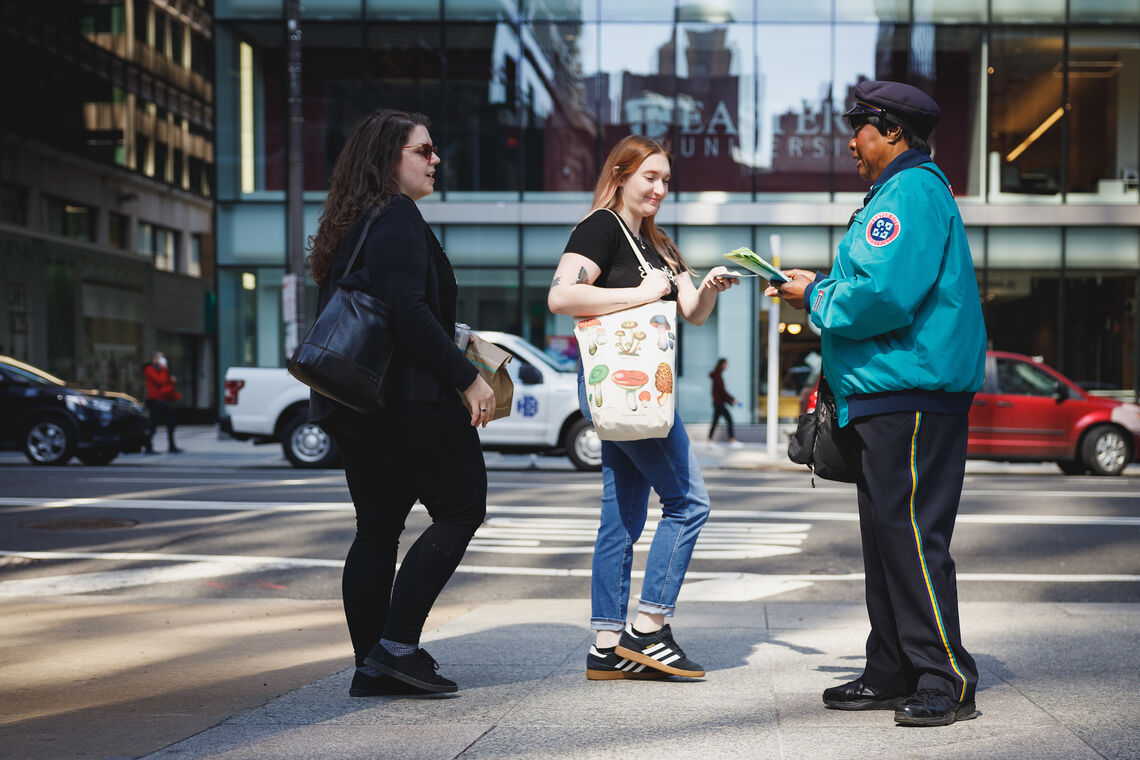

Read the Full Report
Interested in seeing the full picture? Download the full 20-page report, Downtown Rebounds, Greater Center City Housing Trends 2023, today.
If you’re interested in learning more about Center City as a whole, check out our full reports section, featuring recent insights around pedestrian vitality and economic recovery.